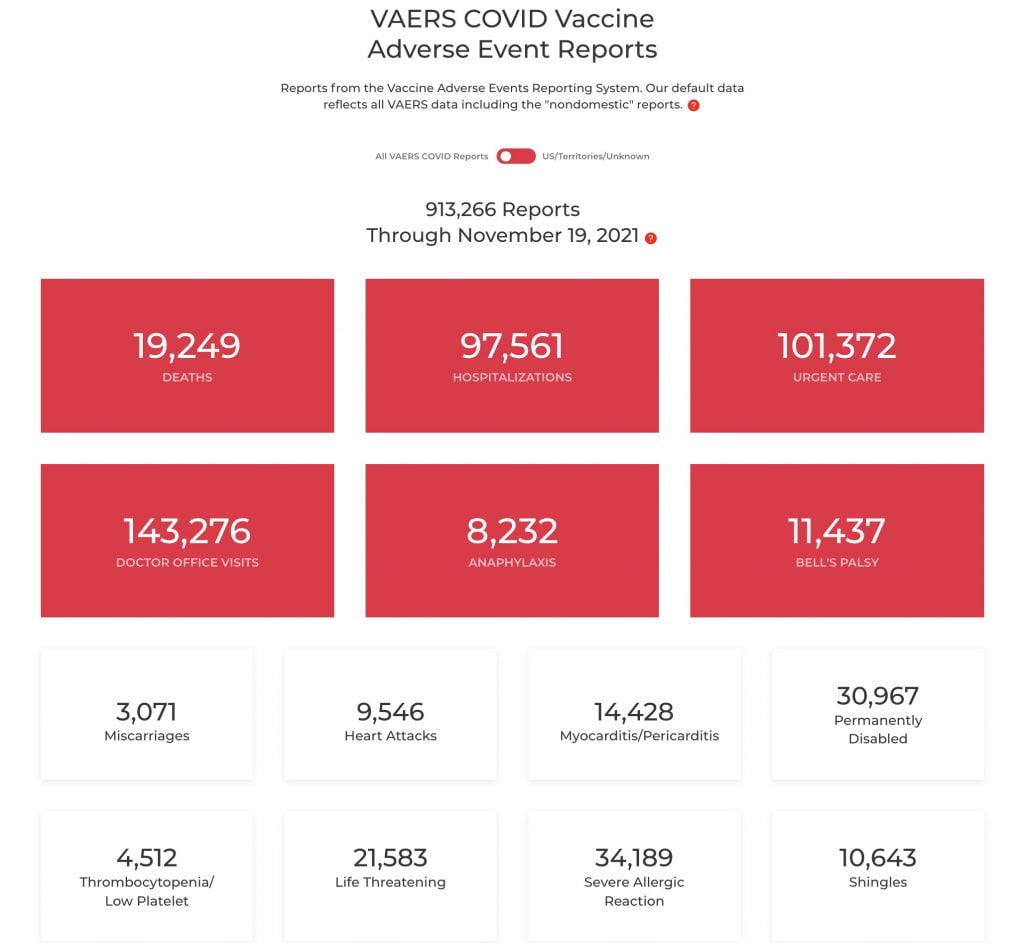The Expose – Global populations were led to believe that high COVID-19 vaccination rates would reduce transmission of SARS-CoV-2 by reducing the number of possible sources for transmission and thereby reducing the burden of COVID-19 disease.
Recent data, however, indicate that the epidemiological relevance of COVID-19 vaccinated individuals are increasing, and the author of a new peer-reviewed study published in The Lancet (Nov 2021), has argued that “many decision-makers assume that the vaccinated can be excluded as a source of transmission”(source)
They add, “It appears to be grossly negligent to ignore the vaccinated population as a possible and relevant source of transmission when deciding about public health control measures”.
UK Study
Arriving at their conclusion, the authors examine published studies and first of all cite a study in the UK, published on October, 29th 2021. The researcher in that paper found secondary attack rates among household contacts exposed to fully vaccinated cases were similar to household contacts exposed to unvaccinated index cases (25% for vaccinated vs 23% for unvaccinated).
They reported that 12 out of 31 infections in fully vaccinated household contacts (39%) arose from fully vaccinated epidemiologically linked index cases. Fully vaccinated individuals with what is now being termed as “breakthrough infections” have peak viral load similar to unvaccinated cases and can efficiently transmit infection in household settings, including to other fully vaccinated contacts (source).
Breakthrough infection, which is the reason given for viral load similarities in the vaccinated and unvaccinated, is a case of illness in which a vaccinated individual becomes sick from the same illness that the vaccine is meant to prevent. Simply put, they occur when vaccines fail to provide immunity against the pathogen they are designed to target.
German Study
Breakthrough infections were also found to occur in Germany, where the rate of symptomatic COVID-19 cases among the fully vaccinated (“breakthrough infections”) is reported weekly since 21. July 2021.
At that time there had been a reported 16.9% among patients of 60 years and older, however, this proportion is increasing week by week and was 58.9% on 27. October 2021.
Which according to the researchers from the Robert Koch Institute a German federal government agency and research institute responsible for disease control and prevention. provides clear evidence of the increasing relevance of the fully vaccinated as a source of (source).

UK Health Security Agency Report
A similar situation was described in the UK Health Security Agency. COVID-19 vaccine surveillance report, October 2021. for the UK. Between weeks 39 and 42, a total of 100.160 COVID-19 cases were reported among citizens of 60 years or older. 89.821 occurred among the fully vaccinated (89.7%), 3.395 among the unvaccinated (3.4%). One week before, the COVID-19 case rate per 100.000 was higher among the subgroup of the vaccinated compared to the subgroup of the unvaccinated in all age groups of 30 years or more (source).
The Israel Study
The Lancet study also cites a study of a nosocomial outbreak in Israel, by Shitrit et al, in July 2021, which is a hospital or health care facility acquired infection. This particular outbreak was reported involving the transmission of the infection from a fully vaccinated COVID-19 patient, to 16 healthcare workers, 23 exposed patients, and two family members.
The vaccination rate was 96.2% among all exposed individuals (151 healthcare workers and 97 patients). Fourteen fully vaccinated patients became severely ill or died, the two unvaccinated patients developed mild disease (Source)
High Transmission Countries
This news is not a surprise as a study by Subramanian and Kumar from September 2021, revealed that, increases in COVID-19 were at that time said to be “unrelated to levels of vaccination across 68 countries and 2947 counties in the United States.” The authors of the study cited the Centres for Disease Control and Prevention (CDC) in the US, which had identified four of the top five counties with the highest percentage of the fully vaccinated population (99.9–84.3%) as “high” transmission counties.
They also reported that countries with a higher percentage of the population fully vaccinated had higher COVID-19 cases per 1 million people. Notably, Israel with over 60% of their population fully vaccinated had the highest COVID-19 cases per 1 million people in the 7 days prior to the study
The lack of a meaningful association between the percentage of the population fully vaccinated and new COVID-19 cases are further exemplified, for instance, by comparison of Iceland and Portugal. Both countries have over 75% of their population fully vaccinated and have more COVID-19 cases per 1 million people than countries such as Vietnam and South Africa that have around 10% of their population fully vaccinated (source).
Time To Do Our Own Risk-Benefit Analysis
The findings of the new Lancet study should make the decision-makers rethink their push to vaccinate the entire population. Infection and transmission cannot be prevented by these “vaccinations.”
Nevertheless, we have seen that this is not important to them, as studies which show the same conclusions (as seen above) have been ignored, along with studies and adverse reporting systems, such as VAERS (USA) and the Yellow Card Scheme – MHRA (UK), showing huge findings and recordings of adverse events with death in amongst them.
(See VAERS Figure Below).
IT is therefore down to the people to not allow themselves to be forced into having a jab, for a virus that has not been proven to exist, and a pandemic that is essentially due to cases that are simply false-positive test results, of a test that cannot distinguish a virus. Everyone should do their own risk-benefit analysis, as it is clear no one else, including the public health bodies and the government, will do it for you.


